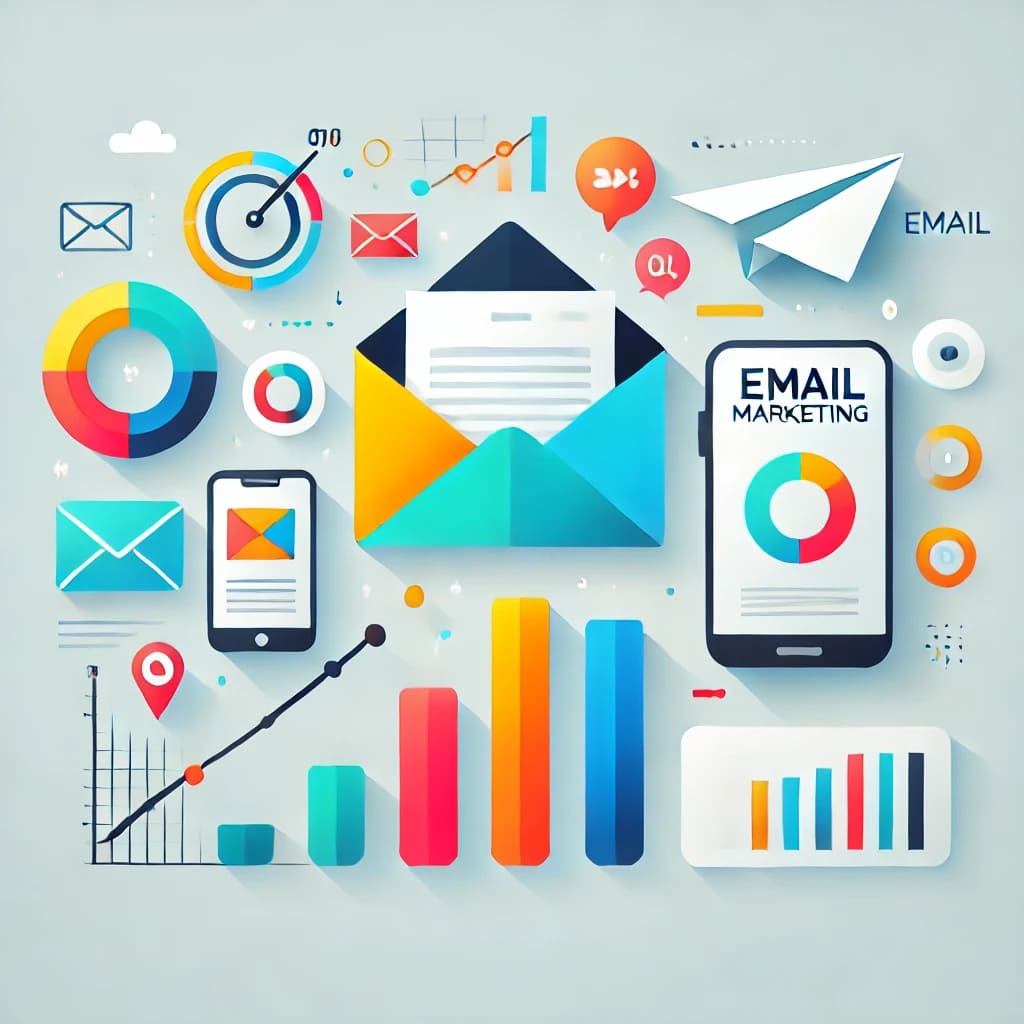Introduction
In the ever-evolving landscape of digital marketing, email marketing stands as one of the most enduring and effective strategies. Despite the proliferation of social media, chatbots, and other communication channels, email remains a reliable workhorse that marketers can’t afford to ignore. This article aims to offer a guide to important facets of email marketing, from the nuances of list building to the intricacies of analytics and reporting.
What is Email Marketing and Why is it Crucial?
Email marketing is more than just sending a bunch of emails; it’s a well-thought-out strategy of sending targeted and personalized messages to a segmented list of email recipients. These messages can serve various purposes: from brand awareness and engagement to conversions and customer retention.
The Unmatched Importance of Email Marketing
The ROI of email marketing is staggering, often touted to be around $42 for every $1 spent. It’s not just about the returns, though. Email marketing allows for unparalleled segmentation and personalization, making it one of the most versatile tools in your marketing arsenal. It’s also instrumental in nurturing leads and guiding them through the sales funnel until they’re ready to make a purchase.
Core Components of Email Marketing
List Building Strategies
- Opt-In Forms: These are not just boxes/forms on your website. They are your first point of contact and should offer value in exchange for the visitor’s email.
- Lead Magnets: Think beyond eBooks and whitepapers. Webinars, free trials, and exclusive content can also be compelling lead magnets.
Segmentation Techniques
- Demographic Segmentation: Age, location, and gender are just the tip of the iceberg. Dive deeper into psychographics, purchase history, and even customer lifetime value.
- Behavioral Triggers: Segment based on website activity, past purchases, and even abandoned carts to send highly targeted emails.
Crafting High-Converting Content
- Newsletters: These are not mere updates. They are opportunities to provide value, establish authority, and build relationships.
- Promotional Emails: Balance your promotional content with educational or entertaining material to avoid being too salesy.
- Drip Campaigns: Automated email sequences can nurture leads, onboard new customers, or re-engage inactive ones.
Advanced Personalization and Targeting
- Dynamic Content: Use AI and machine learning algorithms to serve content that adapts in real-time based on user behavior.
- Trigger-Based Emails: Implement complex triggers beyond cart abandonment, like browse abandonment, and post-purchase follow-ups.
A/B Testing, Analytics, and Continuous Improvement
- Multivariate Testing: Go beyond A/B testing to simultaneously test multiple variables and their combinations.
- Deep-Dive Analytics: Don’t just track opens and clicks. Monitor engagement over time, list health, and even revenue generated per email.
Best Practices and Compliance
- Ethical List Building: When possible, use double opt-in methods to ensure you have explicit permission.
- Responsive Design: With the majority of emails being opened on mobile, responsive design is non-negotiable.
- Send Time Optimization: Utilize machine learning to determine the optimal send times for different segments.
- Content Relevance: The more relevant the content, the higher the engagement. Use dynamic content to up the relevance quotient.
- Clear CTAs: Every email should have a clear and compelling Call to Action that aligns with the email’s primary objective.
- Legalities and Compliance: Familiarize yourself with regulations like CAN-SPAM, GDPR, and CCPA. Ignorance is not an excuse for non-compliance.
Common Platforms for Email Marketing
- Email Service Platforms: For small businesses or those that want to isolate email marketing to a single platform or team, they may opt to use a specialty product such as Constant Contact, Mailchimp, or AWeber.
- Utilizing CRMs: All of the major CRMs such as HubSpot, Salesforce, and Zoho have email marketing built in as a core feature.
Conclusion
Email marketing is not just alive; it’s thriving and continuously adapting to new technologies and consumer behaviors. By understanding and implementing the strategies outlined in this article, you can not only achieve significant ROI but also create meaningful and lasting relationships with your customers.
